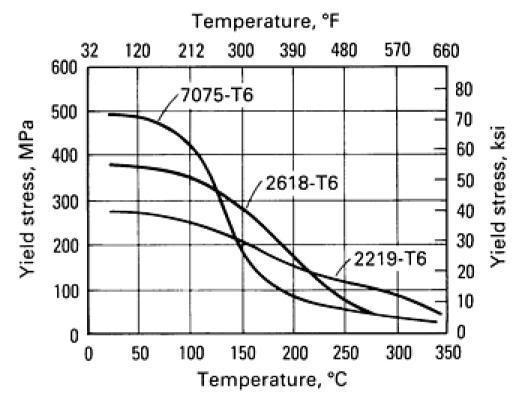carrillo vs. china rods
#22
We should really move this to its own thread.
If aluminium rods fail from heat then why are we using forged aluminium pistons? We don't question them and they see bigger heat loads and just as large forces. I know from the local WRC racers that they aren't seeing any problems with ally rods and some are pushing big big power with heat issues. From that info I'm willing to try them next build.
If aluminium rods fail from heat then why are we using forged aluminium pistons? We don't question them and they see bigger heat loads and just as large forces. I know from the local WRC racers that they aren't seeing any problems with ally rods and some are pushing big big power with heat issues. From that info I'm willing to try them next build.
#23
AIUI (I'm a software guy, not a mechanical engineer or a metallurgist), steel has a "fatigue limit", and loads below this limit will add zero fatigue to the piece. Aluminum, OTOH, has no such limit, and thus any load placed on an aluminum part will add a measurable amount of fatigue. (https://en.wikipedia.org/wiki/Fatigue_limit) What this means is that if a steel part is operated below that limit, it can be run through an infinite number of cycles without failing due to metal fatigue. Aluminum cannot, it will always have a maximum number of cycles. You can make that maximum number larger by decreasing the load or increasing the size of the part, but you can't remove the limit.
Googling for random articles on this, I found this one: Debunking Aluminum Rod Myths With GRP - Dragzine
They say in there that nitro cars might get 25 passes out of a set of aluminum rods, but mild bracket racing cars can get "hundreds and hundreds" of passes. They add that the manufacturers do not recommend aluminum rods for street cars with expected lifetimes of 100K miles. Given that your average road course car is going to do the equivalent of 4 or 5 drag strip passes worth of acceleration every lap, and your average track day is going to involve 40-50 laps, "hundreds and hundreds" doesn't sound like very long to me.
As for aluminum pistons, they see a much lower tensile load than a rod does (because they aren't pulling another piston), and they also have a much larger cross-sectional area in the direction of that load.
--Ian
Googling for random articles on this, I found this one: Debunking Aluminum Rod Myths With GRP - Dragzine
They say in there that nitro cars might get 25 passes out of a set of aluminum rods, but mild bracket racing cars can get "hundreds and hundreds" of passes. They add that the manufacturers do not recommend aluminum rods for street cars with expected lifetimes of 100K miles. Given that your average road course car is going to do the equivalent of 4 or 5 drag strip passes worth of acceleration every lap, and your average track day is going to involve 40-50 laps, "hundreds and hundreds" doesn't sound like very long to me.
As for aluminum pistons, they see a much lower tensile load than a rod does (because they aren't pulling another piston), and they also have a much larger cross-sectional area in the direction of that load.
--Ian
#24
We should really move this to its own thread.
If aluminium rods fail from heat then why are we using forged aluminium pistons? We don't question them and they see bigger heat loads and just as large forces. I know from the local WRC racers that they aren't seeing any problems with ally rods and some are pushing big big power with heat issues. From that info I'm willing to try them next build.
If aluminium rods fail from heat then why are we using forged aluminium pistons? We don't question them and they see bigger heat loads and just as large forces. I know from the local WRC racers that they aren't seeing any problems with ally rods and some are pushing big big power with heat issues. From that info I'm willing to try them next build.
#25
Googling for random articles on this, I found this one: Debunking Aluminum Rod Myths With GRP - Dragzine
--Ian
every time I research it there is very little I'll put there for street or road coarse cares just pure drag cars.
It's a long way out before I'll give it a go though.
Bone











